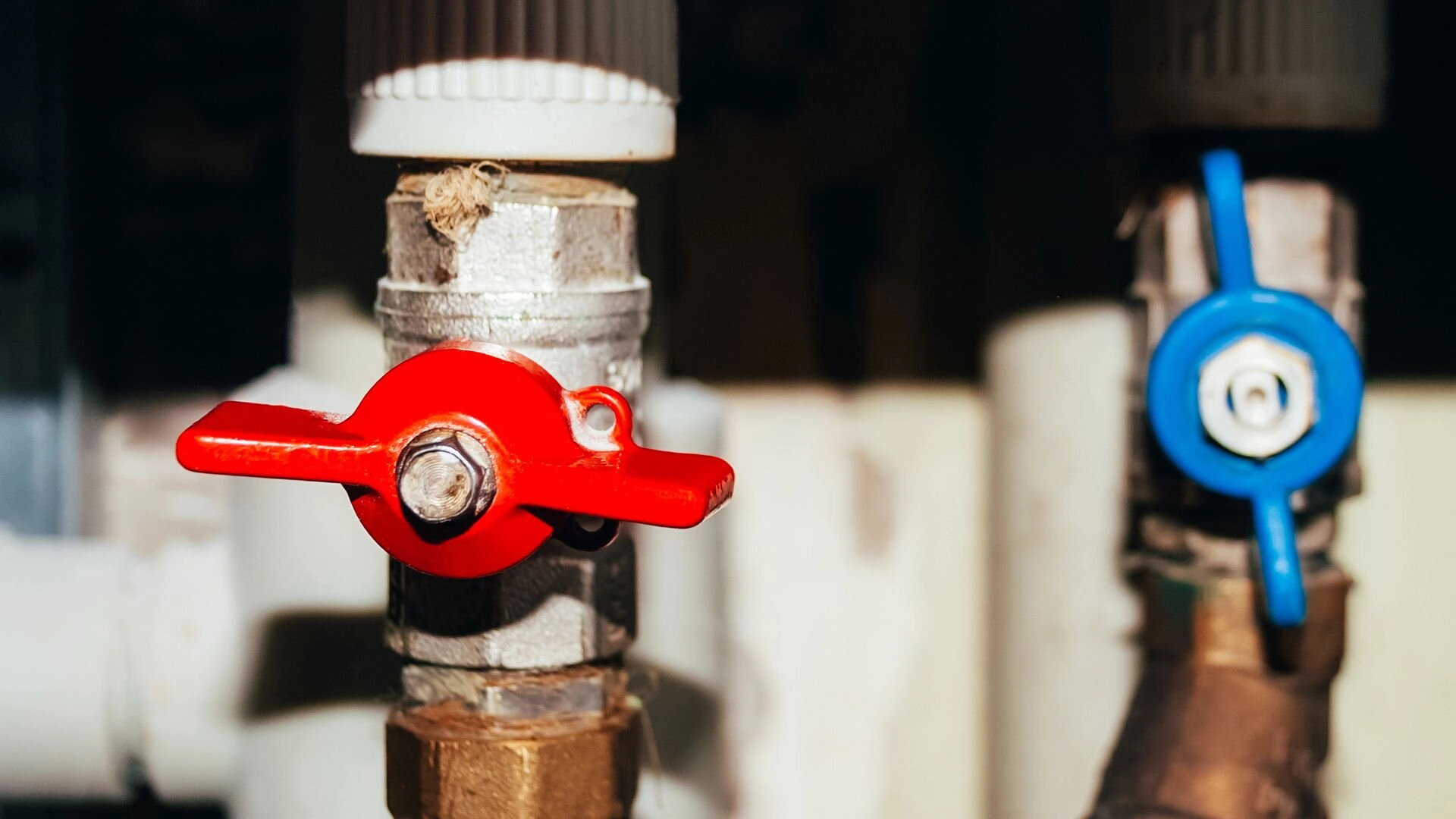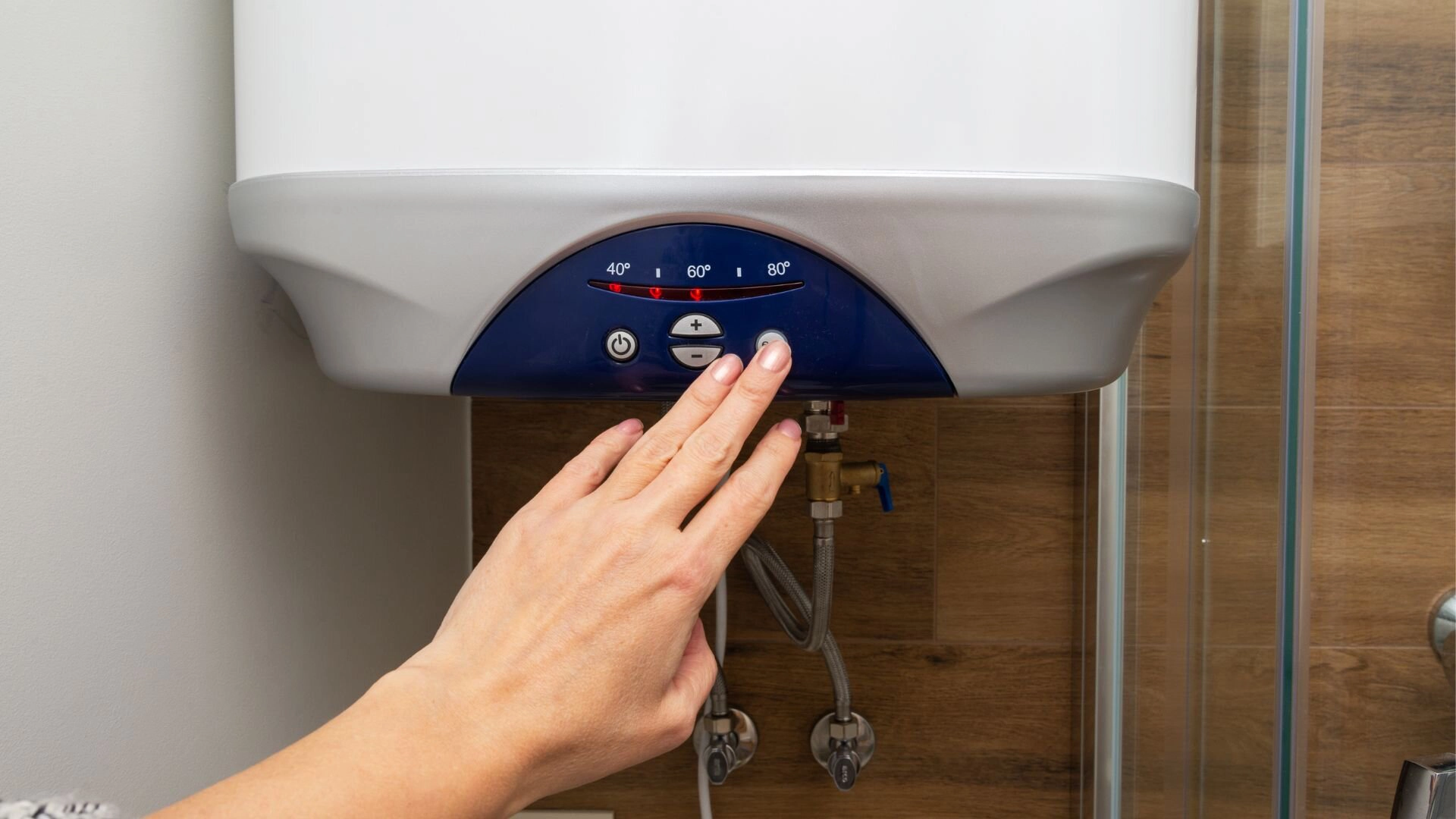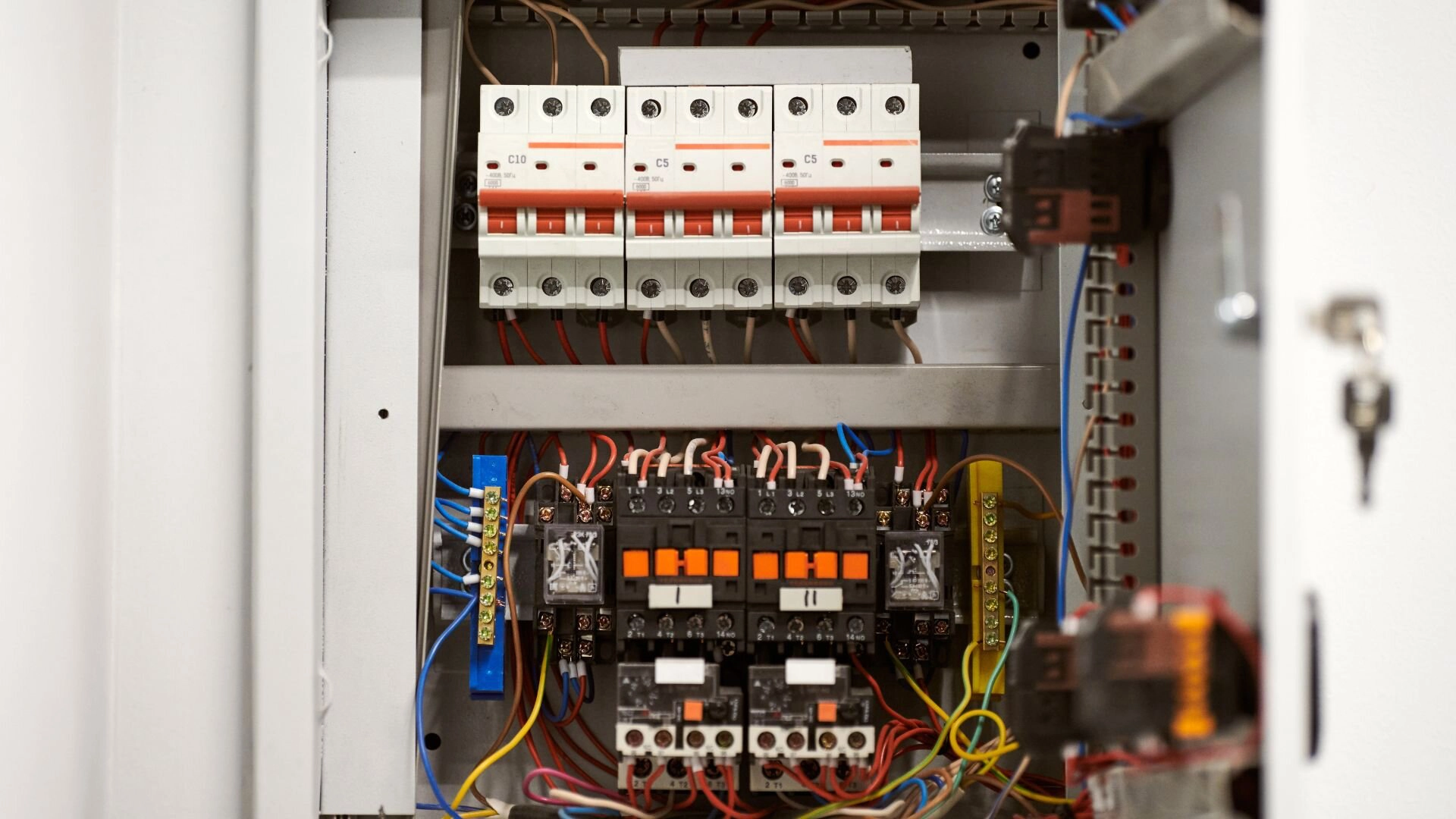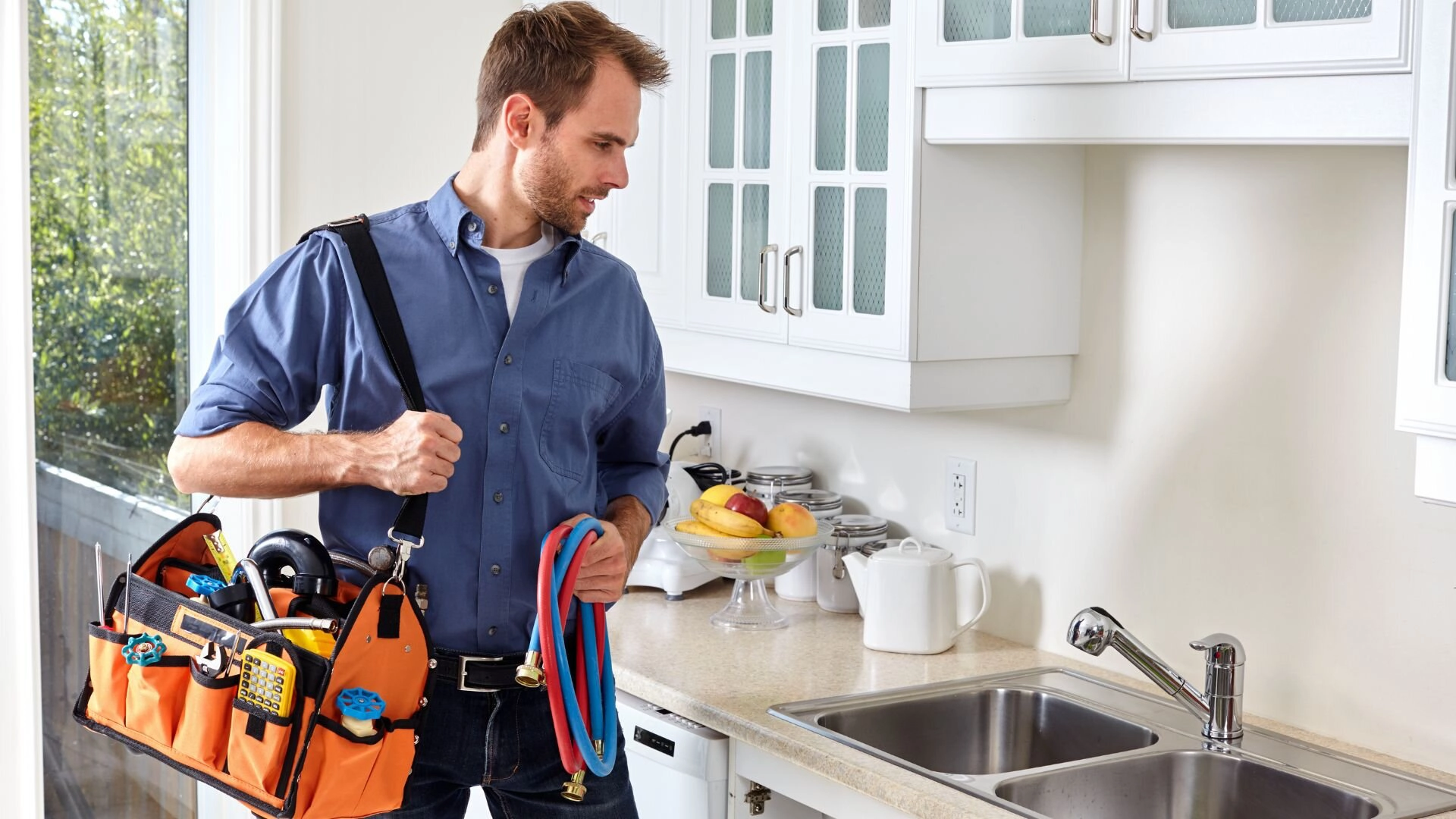How to Drain and Flush Your Hot Water Heater
Learn the step-by-step process of draining and flushing your hot water heater to ensure optimal performance and extend its lifespan. Discover the importance of regular maintenance, how to safely drain the tank, and how flushing helps remove sediment buildup. By following this guide, you’ll be able to maintain a reliable and efficient hot water heater in your home.

Hot water systems are indispensable in any Sydney home, providing the comfort and convenience of warm showers and hot water for daily tasks. However, like any frequently used appliance, they require regular maintenance to ensure they remain efficient and to extend their lifespan . One crucial aspect of hot water heater upkeep is draining and flushing the system to prevent sediment build-up, which can impair water quality and heating efficiency.
By understanding the significance of this maintenance task and learning how to perform it, homeowners can save on energy costs, reduce the likelihood of repairs, and enjoy consistent hot water.
This guide will lead you through the necessary steps to effectively drain and flush your hot water heater, troubleshoot common issues, and recognise when to call the seasoned professionals at Service First Plumbing for assistance. If at any point you feel the need for expert help, don’t hesitate to reach out for a quote or to schedule a service call.
Maintain Your Water Heater
Ensuring the longevity and efficiency of your home’s hot water system is crucial. At the core of this system is your water heater, which requires routine maintenance. Regularly servicing your water heater prevents breakdowns and maintains a consistent and clean hot water supply, ultimately saving energy costs.
Sediment build-up from minerals in the water can insulate the water from the heater’s burner, forcing the system to use more energy and wear out faster. To counter this, a water heater flush, which involves draining and rinsing the tank with a garden hose to remove sediment, is necessary. Before this task, you must shut off the power to the water heater, with gas heaters set to "pilot" and electric heaters shut off at the breaker. The cold water supply should also be turned off to prevent new water from entering during the flush.

After attaching a hose to the drain valve and positioning the other end in a safe discharge area, you open the drain valve to empty the tank, then briefly turn on the cold water to flush the system. This may need to be repeated until the water runs clear. Following the flush, you’ll close the drain valve, disconnect the hose, and turn the cold water supply back on. It’s essential to fully refill the tank before restoring power to avoid damaging the heater.
A flush should be done annually, although homes with hard water may require more frequent maintenance.
Identifying the Need for Flushing
Decreased water flow, discoloured water, or an odd smell from your hot water taps can signal that your water heater tank has accumulated mineral deposits. This indicates the need to flush the tank to maintain its functionality. Begin by gathering a garden hose and locating a suitable drainage area. For safety, turn off the power to the water heater — at the circuit breaker for an electric heater or set the gas valve to "pilot" for a gas heater.
Open a hot water tap near the water heater to relieve system pressure and allow air into the tank, facilitating a smoother drainage process. Attach a garden hose to the drain valve at the bottom of the water heater, directing the other end to a safe discharge area. To prevent a vacuum, which could hinder draining, open the pressure relief valve, but be cautious as hot water may be released.
Open the drain valve and allow all the water to flow out. The duration of this process will depend on the size of your tank and the amount of sediment present. Once the tank is empty, stir up any remaining mineral deposits by closing the hot water tap and turning on the cold water inlet. Flush for a few minutes, then open a hot tap again to help remove the sediment.
After the water runs clear, cut off the cold water inlet, close the drain valve, remove the hose, and seal the pressure relief valve. Refill the tank by turning on the cold water inlet, keeping a hot water tap open until normal flow resumes, ensuring the air has been expelled from the system.
Finally, only after the tank is refilled can power be re-established to the water heater. For gas heaters, switch the gas valve from "pilot" to "on," and for electric heaters, flip the circuit breaker back on. These steps should help remove mineral deposits and maintain your water heater’s efficiency. However, if you are uncertain at any stage of this process or encounter issues like leaks or persistent sediment, consider consulting with a professional plumber. Service First Plumbing is available to address any complications from a neglected water heater, ensuring the smooth operation of your system.
Flushing Out Sediment
Regular maintenance of water heaters is essential in preventing sediment build-up, which can impair their efficiency and longevity. Flushing your hot water heater is a critical part of this routine. Over time, naturally occurring minerals in the water can settle at the bottom of the storage tank, forming sediment layers that can corrode the tank and reduce its heating efficiency. Here’s a detailed process to flush a hot water heater to ensure optimal performance.
Step 1: Turn Off the Power Supply
Safety is paramount when performing maintenance on human-made things, especially those involving electricity or gas. For electric water heaters, shut off the power at the electrical panel by switching off the circuit breaker. For gas water heaters, turn the pilot light to the 'off’ position or set the thermostat to the 'pilot’ setting.

Step 2: Prepare the Tank
Before you drain the tank, ensure you have a proper setup. Attach a drain hose to the tank’s drain valve near the bottom. Make sure the other end of the hose is placed where the water can safely drain away without causing any damage or erosion.
Step 3: Open the Drain Valve
Open the drain valve on the storage tank to allow the water to flow out. At first, the water might be murky due to the sediment. If the flow is slow, check for a blockage at the valve or within the drain hose.
Step 4: Inspect the Anode Rod
While the tank is draining, inspecting the anode rod is an excellent time which helps reduce corrosion inside the tank. If necessary, replace the anode rod to prolong the life of your tank.
Step 5: Flush the Hot Water Tank
Once the water drains, it’s time to flush out the remaining sediment. Turn on the cold water inlet valve to allow fresh water to flow into the tank. This will stir up any settled sediment. Continue to let the water drain through the hose until it runs clear.
Step 6: Close the Drain Valve and Refill the Tank
After flushing, close the drain valve, remove the hose, and seal all connections. Then, turn on the cold water supply to the tank. Open the hot water tap in the home to allow air to escape the system. Once the tank is full and water flows from the tap without any air, you can turn off the tap.
Step 7: Restart the Heater
Once the tank is full, restore the power supply. For gas water heaters, relight the pilot light and turn the gas back on, ensuring the burner ignites properly. For electric heaters, flip the circuit breaker back on.
By completing this entire process, you can reduce the likelihood of sediment build-up and extend the life of your water heater. This sort of regular maintenance can prevent costly repairs in the future and ensure that your storage tank continues to provide clean hot water efficiently.
Professional Plumbing Help
When it comes to the intricate details of your home’s plumbing system, especially when dealing with electric or gas water heaters, the expertise of a professional plumber can make a significant difference in the quality and longevity of your setup. Attempting to handle heat production issues in your water heater, for instance, could involve complex interactions with electricity or gas. An electric heater may have thermostat issues that are not immediately apparent, and tinkering with gas heaters involves risks best managed by professionals who can safely shut off the gas supply if needed.
Leaks in your plumbing are another common concern that can appear deceptively simple to fix but often require a professional touch. Persistent leaks can cause long-term damage, and a plumber can ensure they are resolved correctly, saving you money and protecting the structural integrity of your home. Additionally, if your cooling system is underperforming, this could be linked to your plumbing, and a professional can accurately diagnose and resolve such issues.
While DIY videos can be helpful, they can’t replace the nuanced expertise required for complex installations or significant system upgrades. Professional plumbers adhere to safety standards and understand local codes to ensure your system operates efficiently. Moreover, their services often come with warranties, offering financial protection and peace of mind.
A professional plumber can provide valuable advice on the most efficient fixtures and appliances, potentially reducing utility expenses. Their proactive maintenance can prevent minor issues from escalating into costly repairs. If you find yourself repeatedly facing the same plumbing problem or experiencing a house-wide drop in water pressure, these are clear signs that it’s time to call in the experts.

Securing Hot Water System Efficiency
Regular water heater maintenance is a critical investment in the health and efficiency of your home’s hot water system. Keeping up with annual sediment flushes will help you avoid unnecessary energy waste, reduce the risk of system malfunctions, and ensure a steady supply of clean, hot water. While homeowners can manage these maintenance tasks, professional services provide an extra layer of safety and expertise.
Ready to ensure your water heater is in top condition? for expert maintenance and peace of mind. Let us help you keep the heat on and your energy bills low. Call now on 1300 375 908 to schedule your water heater maintenance or consult with our professionals about any plumbing concerns. Your comfort and satisfaction are our top priorities!